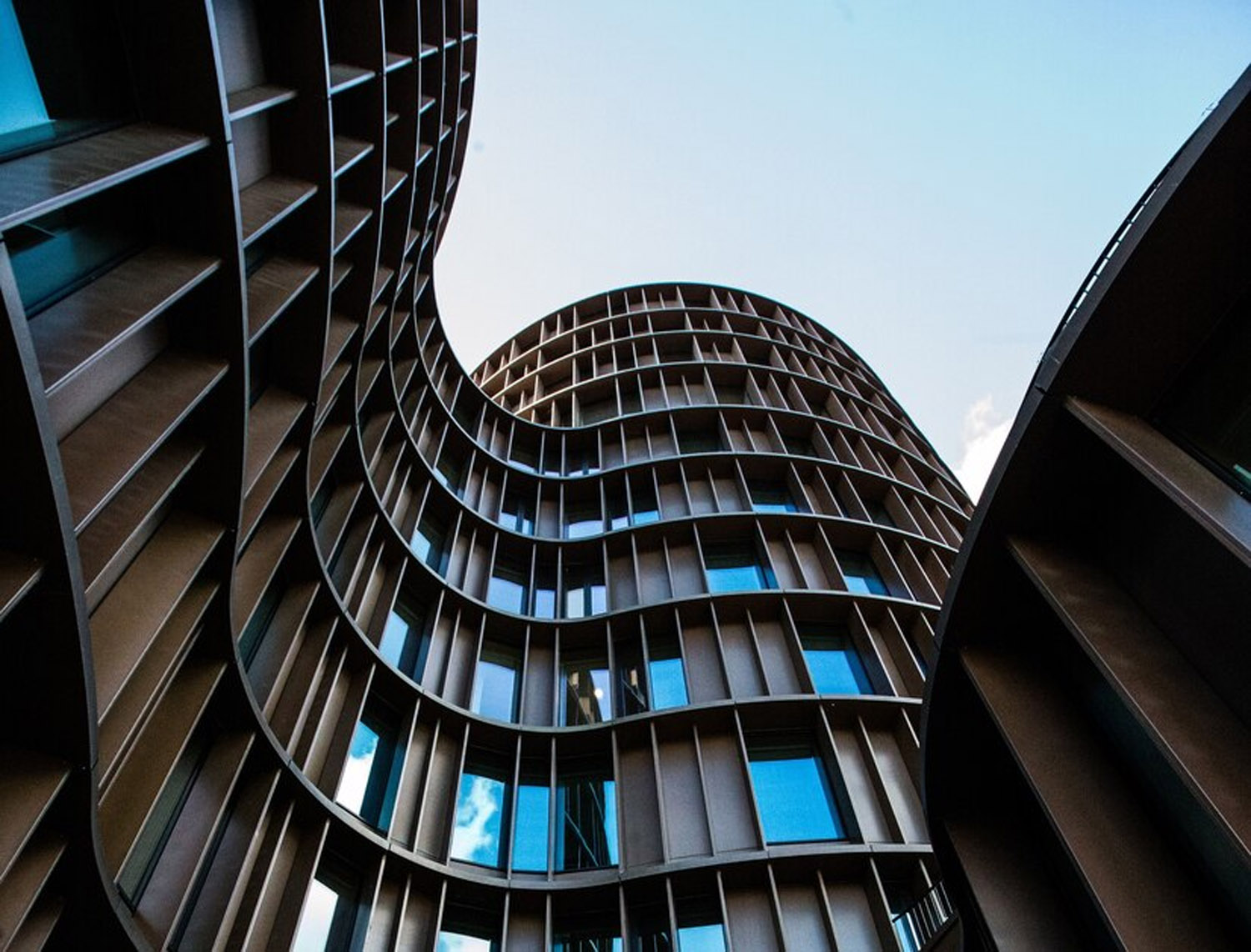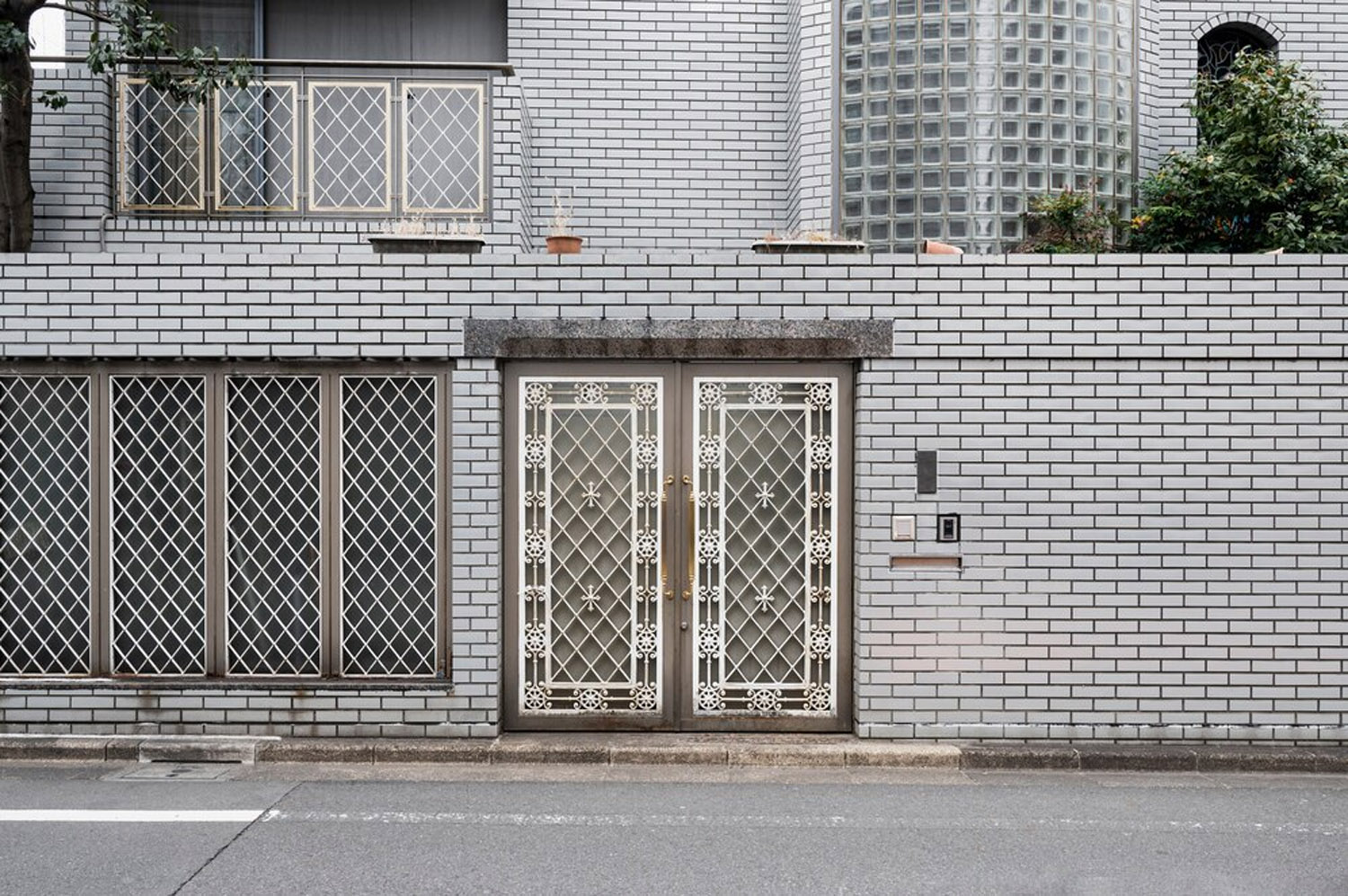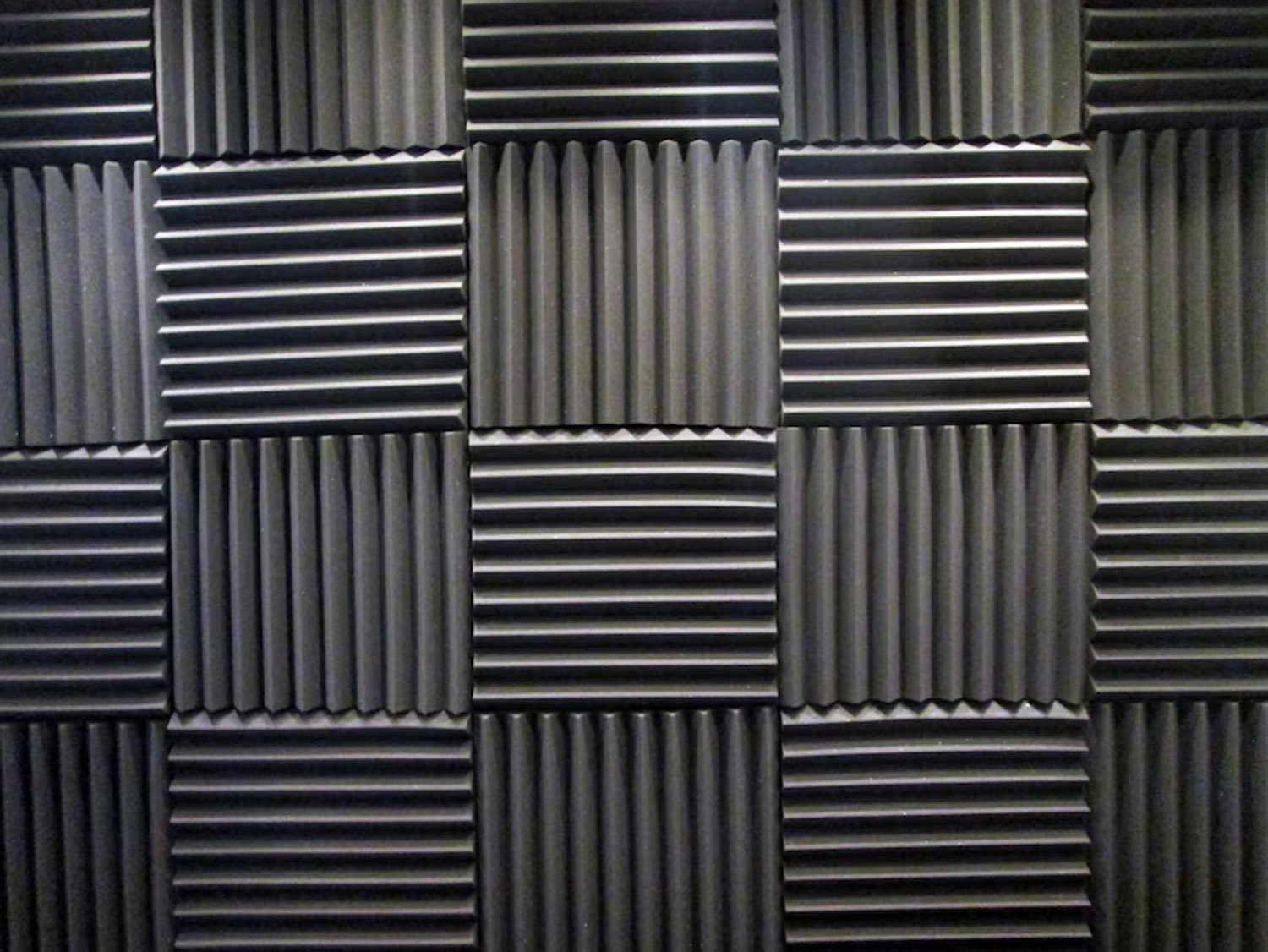
Architects take pride in being able to solve emerging challenges in the built environment. Whether it be a safer school or a more energy efficient company headquarters, they push the boundaries to be better each and every day. The good news is that there are hundreds of innovative new materials that can help bring vanguard structures to life. Keep reading as we explore the critical role that alternative materials play in modern architecture.
Durable Exterior Elements
Functional exterior space is a top priority in contemporary construction. It is critical to give residents the chance to get a breath of fresh air while enjoying a change of scenery. When building structures such as decks, patios, and outdoor kitchens, source durable materials that lower maintenance requirements.
Some ideas include louvered pergolas, ipe deck boards, and stainless steel wire railing. Pergolas provide shade and weather shielding that can extend the lifespan of outdoor areas. IPE decking looks like rustic hardwood but performs more closely to steel than wood in terms of moisture and pest resistance. Stainless steel wire railing does not corrode in the face of precipitation and offers unencumbered views of the surroundings while promoting safety.
Decorative Screen Panels

Decorative screen panels are a great option for adding an element of architectural intrigue to a property. They can be placed in front of glass walls or extensive windows to help absorb thermal radiation without eliminating natural daylighting. They can also be beneficial for filtering distracting exterior views or adding a false facade to otherwise drab structures. They are commonly found around residential pools to break up space and promote a sense of privacy from the neighbors and to create a shield from busy streets at hotel loading zones.
Demountable Walls
The open interior is one of the most prevailing concepts in modern architecture. Residents value open, flowing spaces that enhance the sense of spaciousness while providing a bright, cheerful ambiance. One challenge that does arise with open interiors is what to do when more privacy and/or defined space is necessary. Enter demountable walls. These temporary wall systems can break up areas without requiring an extensive renovation. While glass partition walls cost a bit more than some basic vinyl or laminate options, they are a great choice for maintaining natural light flow and creating intimate areas without sacrificing the open interior aesthetic.
Acoustic Wall Panels

In addition to less privacy, unwanted noise transfer may be seen as a downside to the open interior. With fewer permanent partitions to block sound waves, noise can more easily travel through the building. This is an even more significant issue in the era of remote work, when people working from home need tranquility to ensure productivity.
This has given rise to the popularity of acoustic wall panels. Fabricated from a one- or two inch fiberglass slab, the panel is then covered in artistic fabric and applied to the wall similarly to hanging a picture. Acoustic wall panels can provide an NRC of up to .95 with as little as 15-25% wall coverage (depending on panel thickness) to provide necessary sound absorbing mass for more quiet interior environments.
Vinyl Fencing

Adequate fencing is a crucial component of defining exterior space and boosting curb appeal. The problem with traditional wood picket and split rail fencing is that it quickly falls into a state of disrepair without the proper vigilance. It should be painted or stained at least every other year to remain in good condition. With this in mind, vinyl fencing presents an attractive alternative. It can be manufactured in a number of attractive designs to complement the exterior ambiance of any property. As a synthetic product,it does not need to be painted to prevent moisture absorption. When paired with contrasting vinyl fence gates, this innovative fencing system can create a stunning streetside aspect while maintaining a cozy sense of privacy.
Examples of Alternative Materials in High-Profile Buildings
Now that we’ve touched on a few of the modern materials helping improve the aesthetics, safety, energy efficiency, and durability of structures, let’s take a look at a few specific examples of alternative materials used in renowned buildings:
- The Bullitt Center - located in Seattle, The Bullitt Center is one of the world’s beacons of sustainable design. It is famous for its use of cross-laminated timber, which helps reduce carbon emissions during the construction process. It also uses an array of rooftop solar panels to help bring the building’s energy consumption close to net-zero.
- The San Francisco Museum of Modern Art - this iconic museum recently underwent a renovation and expansion that saw it experiment with a new type of concrete. Formed from recycled materials such as fly ash and slag, the project scores low for embodied energy and carbon emissions. In addition, this innovative concrete is designed to be self-cleaning, reducing ongoing maintenance requirements.
- The Arc at The Green School - located in Bali, this awe-inspiring structure is one of the first examples of a building made entirely from bamboo. Bamboo is notable for its short harvest cycle, as well as durability and aesthetics that closely resemble traditional timber but with none of the deforestation concerns.
The Future Is Now: How Alternative Materials Are Shaping Modern ArchitectureModern architects are using the most cutting-edge materials to bring their advanced concepts to life. From IPE decking to acoustic wall panels, consider any of the materials listed above to see how alternative materials are shaping modern architecture. For more of the latest trends in lifestyle and design, explore the resources at AZ Foothills Magazine for ideas and inspiration!
